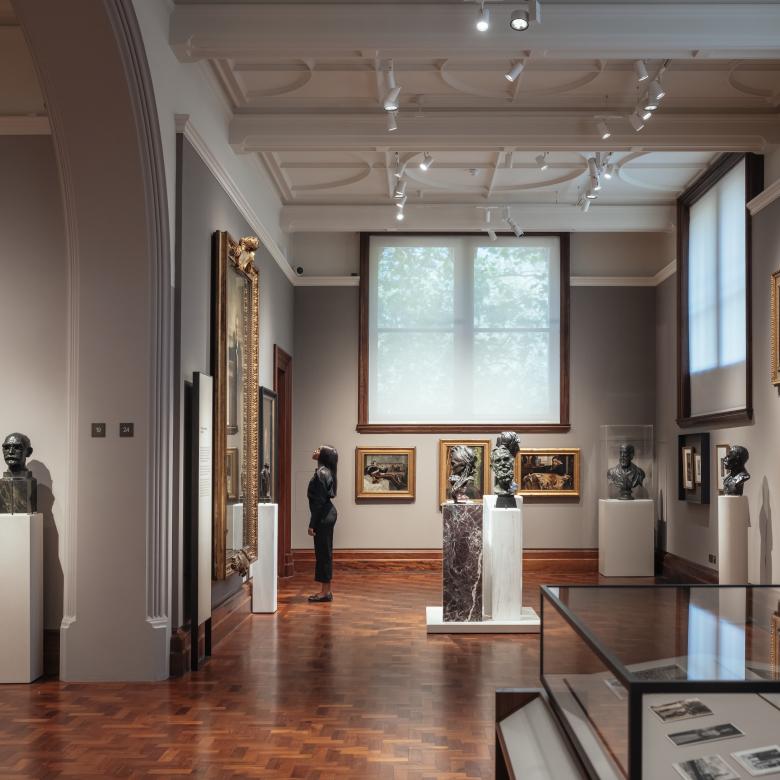National Portrait Gallery in London by Jamie Fobert Architects
Turning to Face the City
Even though the National Portrait Gallery in St. Martin’s Place boasts the world’s largest collection of portraits, it was sometimes overlooked relative to the other great art museums in London. A new transformation hopes to change that.
The alterations of the National Portrait Gallery carried out by Jamie Fobert Architects were “driven by the desire for the gallery to turn to face the city,” as Fobert put it. The architect opened the museum more to the public, brought the galleries back to life, and focused attention on some Victorian architecture details which had been obscured by earlier alterations.
The project by Fobert Architects included new public spaces, a welcoming entrance and public forecourt, a learning center, and the restoration of many historic features. Some blocked windows, doors, rooflights, and arches have been reopened to bring in natural light. Fobert even revealed a previously hidden Victorian terrazzo floor. His scheme brings into use areas that were unused beforehand.
Public space in the Gallery increased by a fifth and former offices were converted into top-lit galleries in the Weston Wing, which houses the contemporary collection. A new accessible entrance and public forecourt repurposes the area north of the Gallery. Three windows on the facade were altered to form doorways, where bronze doors designed by Fobert feature 45 portraits of women done by artist Tracey Emin. The entrance hall is more than double the size of the original, after the engineers removed walls and added beams to carry the load of the floors above. The hall includes a new set of busts on plinths.
The Mildred and Simon Palley Learning Centre has doubled the provision for learners, increasing from one studio to three: the Law Photography Studio, the Art Studio, and the Clore Studio, incorporating a gallery, digital and photography equipment, a lunchroom, and a garden. All wooden floors have been brought back to deep luster of teak, and the ceilings have been restored and unified with a single color. Lighting has been lifted into lanterns on the third-floor galleries, so it disappears from view.
Fobert’s design is a “thoughtfully moderated conversation between each epoch to create something holistic, coherent and new,” according to the museum’s director. With its new £41.3 million transformation opening on June 22, London has gained another cultural magnet.






